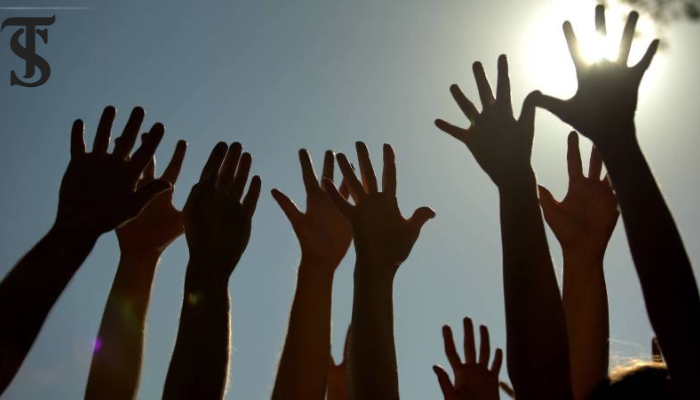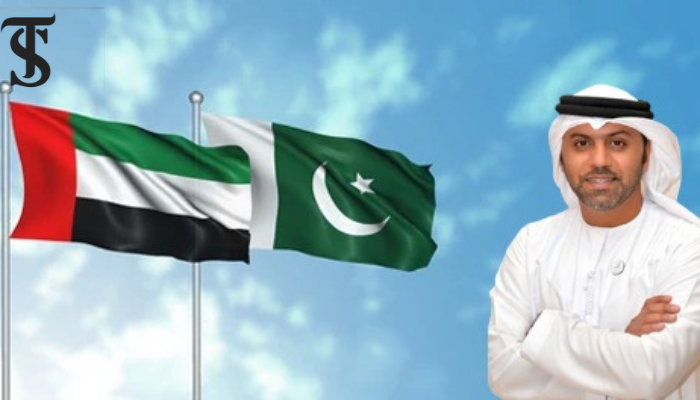Pakistan and Its Complicated Challenges

It is universally acknowledged that we cannot reach the right destination by walking on the wrong path. This lamentation is really heartbreaking, inasmuch as the so-called Islamic Republic of Pakistan has never celebrated its heydays. She always came in the throes of revolving-door democracy, politically challenged economy, hybrid regimes, military-backed politics, mired health sector, fragile education system, and more humiliating, religious fanaticism in the society.
A report from the Economist Intelligence Unit (EIU) demoted Pakistan 11 places in the global ranking on the state of democracy and downgraded it from a “hybrid regime” to an “authoritarian regime.” As a global parameter, each country is classified among the following political systems: full democracy, flawed democracy, hybrid regime, or authoritarian regime. A case in point is Pakistan, which has suffered with the biggest regression in the Asian region, with its score falling to 3.25.
A good news is that it is an “age of conflicts” and democracy all over the world is declining, as over 35 years of international advances in democracy has been wiped out in the last decade. It found that there are more “closed autocracies” than liberal democracies for the first time since 2000s, with the current “wave of autocratization” sweeping across all regions. It also reported that 72 percent of the global population (5.7 billion people) is directly or indirectly under autocracy, which was counted as 46 percent a decade ago.
The Economist Intelligence Unit, another global watchdog conducts an annual survey on democracy across 167 countries, dividing international community into five different categories: electoral processes and pluralism, political participation, a functioning government acting in the public interest, civil liberties, and political culture. Quintessentially, its 2022 report concludes that only 8 percent of people in the world live in a ‘full democracy’, with over a third residing in an authoritarian regime, 37 percent and 18 percent in in flawed and hybrid democracy, respectively. To cap it all, democracy extinguishes our hope to ameliorate Pakistan’s traumatized journey of 76 years.
Pakistan is mired in a politically challenged economy, instead of, solving these concerns by its own, every government prefers to look towards IMF for bale out packages. The matter of fact is that Pakistan has no structural economic policies to boost her economy, substantially, inasmuch as everyone is cognizant of the dissatisfying news that Pakistan’s total debt and liabilities have surged up to Rs. 81.2 trillion, which has been exacerbated by 27% during the past year.
To put things in perspective, one can plainly argue that we must not beg for the IMF’s assistance all the time to remediate the economic downturn. This is a one-step forward, two-step back approach. In any case, an IMF program is necessary but not sufficient for the country to achieve economic recovery and embark on a path of growth. A comprehensive set of home-grown structural reforms is needed for Pakistan to escape from the vicious cycle of high budget and balance-of-payments deficits.
What is more regrettable is, Pakistan’s ranking among the worst-performing countries, where it stands third after Niger and Gabon. The index points out the establishment’s outsized political influence as a critical factor. What needs to be contemplated is that Pakistan has never experienced a full democracy in the sense, that no Pakistani democratic government has completed its democratic tenure yet. It will not be futile to urge that the state provides a structure for “hybrid democracy” to facilitate the beneficiaries.
Along with optimistic interpretations, it is pertinent to point out the stagnant and annihilated health sector, which is almost on a death bed. Most of the Pakistanis die despite being curable diseases, while debilitating diseases are affecting the quality of life and productivity of millions. What makes this situation even more disheartening is, the non-profit health sector, which is almost stagnant, or working with poor standards. To look upon this, through a factual spectrum, Pakistan spent 1.2% of its gross domestic product (GDP) on the public health sector in 2020–2021 as compared to 1.1 in 2019–2020, which is a zero-sum attempt to aggrandize the health sector.
It is exasperating to see a Muslim state, fall short of procuring the basic fundamental rights of 220 million people. People have already been smashed by skyrocketing inflation and unemployment. According to a survey conducted by Ipsos in March, 2022, inflation and unemployment has been the top public concerns.
At a time when more than 23 million children are out of school, the government spent only 1.7 percent of GDP on education, last year, while the literacy rate was recorded at a little over 62 percent. The Human Development Report 2023–24, by the United Nations Development Programme (UNDP) places Pakistan in the low human development category. It shows Pakistan has slipped in the global human development index rankings from 161 to 164 out of 192 countries.
In youth literacy, which is around 75 percent, Pakistan is second from the bottom in South Asia. One line of thinking holds that, according to the Pakistan Demographic and Health Survey (2017–18), almost half of the female, between the age group 15–25 in the rural areas are uneducated. What complicates the matter is, that ,Pakistan left no stone unturned in any sector to suck the blood of poor people to stave off.
To cap these shortcomings, the constitution has not mentioned any compulsion for the lack of enactment of Article 25A, by merely highlighting the responsibility: The State shall provide free and compulsory education to all children of the age of five to sixteen years. If a state that could not even ensure its constitution, how will she ensure the fundamentals of 220 million people? Concomitantly, there is a constant tug of war between Article 25A and the de facto. Thereof, the Pakistan Economic Survey estimated that the literacy rate is recorded at 62.8 percent in the country, comprising 73.4 percent males and 51.9 percent females.
To satisfy both optimists and pessimists, we bet to acknowledge that we are living in almost a radicalized and extremist society, where there is a one-size-fits-all approach to dictating that every individual falls under the umbrella of religious fanaticism. Contrary to that, Henry Kissinger says in his book “World Order”: “acceptance of reality is the denial of truth.” What needs to be addressed is that we must have flexibility of thought in order to address the root cause of religious extremism. Machiavelli emphatically airs his view “only a vibrant society can compete in the contemporary world.”
The government must strikingly go for quick-fix solutions and structural reforms in all outdated and mouth-eaten sectors. We mustn’t extinguish the flame of hope and must wait for a better time to come.
Jalal Uddin Kakar
The author is a freelance writer and is studying Public Administration at Quaid-e-Azam University Islamabad.






One Comment